Last Updated on August 1, 2025
Humans rely on the rivers for their livelihood. There are many sacred rivers in India including Ganga, Yamuna, Narmada and Mahanadi. Punjab is the land of five rivers including Chenab, Ravi, Beas, Sutlej, and Jhelum. Each sacred river in India is unique and has a symbolic significance as well as.
The Himalayan rivers are the best for water sports and other entertainment activities. The Himalayan rivers’ spiritual significance is difficult to ignore.
There are many holy rivers in Hinduism. Ganga, or The Ganges, is among the most sacred rivers in India, and it symbolizes the nation as well as. Hinduism relates the Importance of the Ganga river to the cleansing of sins and liberation of the soul through holy bathing. This river is a source of livelihood and pilgrimage site for millions of people in the country.
All the holy rivers are India’s lifeline, and they symbolise India’s strength and deserve a special place in Indian prayers and traditional practices. Hence, India’s most sacred places are at the bank of sacred rivers in India. Allahabad’s Triveni Sangam is the confluence of three rivers, the Ganges, the Yamuna, and the mythological Saraswati.
Hinduism considers large rivers sacred or holy. This could be because of their importance in people’s lives.
Ganga

Ganges is the other name for Ganga, and it is a large river in India. It flows through India and Bangladesh. Moreover, Ganga is sacred to Hindus and provides a vital lifeline for millions of people who depend on it for their livelihood. Hindu worship this river as Goddess Ganga. However this river is spiritually pure, but it is filled with pollutants. Further, it is a threat many fish and amphibian species.
Yamuna River

This river is mentioned in Hindu mythology. According to legends, the Yamuna River originates from a glacial lake called Saptarishi Kund. You can find here a temple dedicated to a goddess. According to Hindu mythology, Yamuna is the sister of Yama, who is the god of death. People who take a dip in the holy waters of this river are able to get rid of their fear of death.
Moreover, the Yamuna’s important tributaries are the Tons, Chambal, and Giri river. The last tributary to river Yamuna is River Mandakini before it joins the Ganga river at Allahabad. Agra’s famous Taj Mahal is also situated on the bank of the Yamuna river.
Indus River

Other name for Indus river is Sindhu River and this river is Asia’s longest flowing river. It flows through three countries including India, China and Pakistan. In addition, according to many historians, the Indus valley civilization was started at the bank of the Indus river.
The origin place of the Indus River is Western Tibet. However it flows through the Ladakh region in India. Further, it flows through many popular places, including Gilgit-Baltistan, POK, Nanga Parbat massif and finally falls into the Arabian Sea. According to Rigveda, the Indus River is part of Sapta Hindu.
This river is among the most sacred rivers in India. There is a popular festival called Sindhu Darshan Festival. This festival celebrates on every Guru Purnima along the banks of the Indus River.
Godavari

Godavari river is among the largest rivers in India after Ganga. It has one of the largest river basins after the Ganga and Indus river’s basins too. Located in Nashik, Kumbh Mela is a spiritual pilgrimage centre in India due to its holy river, Godavari.
Narmada

The Word Narmada is taken from the Sanskrit language. It means the river of pleasure. Narmada is among the most sacred rivers in India. Its origin place is Amarkantak in Madhya Pradesh’s Mikala Ranges.
It flows in a southwest direction between Vindhya & Satpura ranges before ending into the Gulf of Khambhat. This is an inlet of Arabian Sea India as well as. There are many waterfalls in the Narmada valley. The best waterfalls are Dhuandhar waterfall and Kapildhara, which is the deepest waterfall.
Kshipra River

Kshipra is the other name for Shipra. In the north, this sacred river originates from Dhar and flows east through the Vindhya Range to join the Chambal River. The river in Hinduism is a sacred river. Ujjain is located on the river’s right bank.
Ujjain is a historical city in Malwa in central India. It is among the 12 most celebrated Jyotirlingas of India. Mahakaleshwar Jyotirlinga is the Hindu temple in Ujjain. This temple is dedicated to Lord Shiva. The Kumbh Mela festival is held here every 12 years. Kumbh festival attracts millions of bathers to the Shipra River.
Godavari River

The Godavari flows from Trimbak, Nashik to the Eastern Ghats and ends in the Bay of Bengal. This river is second in size. Moreover it forms one of the largest river basins in India. Kumbh Mela in Nashik at the bank of the Godavari River is very famous throughout the world. It is a centre for Pilgrimage in India.
The Godavari is the largest and longest river in South India. Its other name is Dakshina Rivera. Jayakwadi Dam, built across the Godavari river, is one of the largest earthen dams.
Kaveri River

Kaveri is one of the most sacred rivers in Southern India, it flows towards the Bay of Bengal from its source at the Brahmagiri Hill, Western Ghats. Further it passes through the heartlands of Karnataka and Tamil Nadu.
Kaveri is a Peninsular river, and it flows east to the Bay of Bengal. The Mettur Dam is across the Kaveri river and Shivasamudram waterfalls. It originates from the Kaveri river. Shivasamudram is the second-largest waterfall in India.
Tapti

The river Tapti in central India flows between the Narmada river and the Godavari River. It flows westwards and empties into the Arabian Sea through the Gulf Of Khambhat. This river’s name is on Goddess Tapti. Goddess Tapti is the daughter of Lord Sun and Chhaya.
India is a country of many other sacred rivers. All the sacred rivers in India have their own myths and spiritual significance.
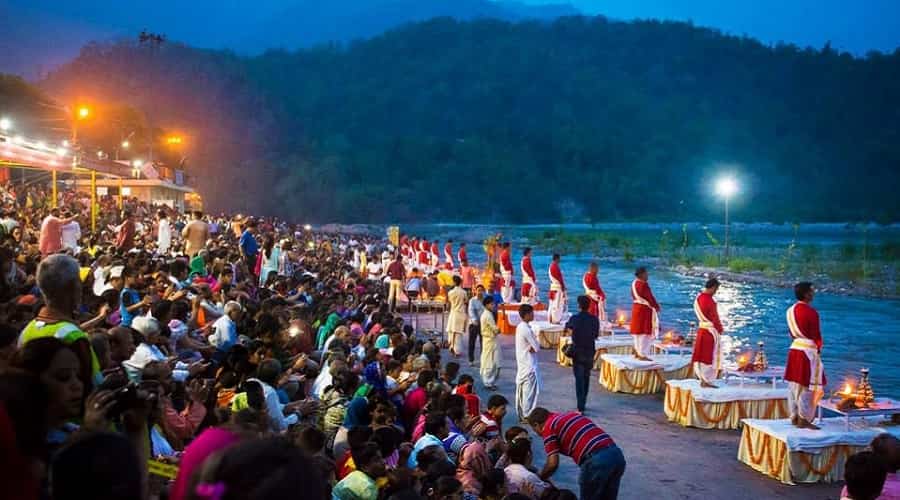
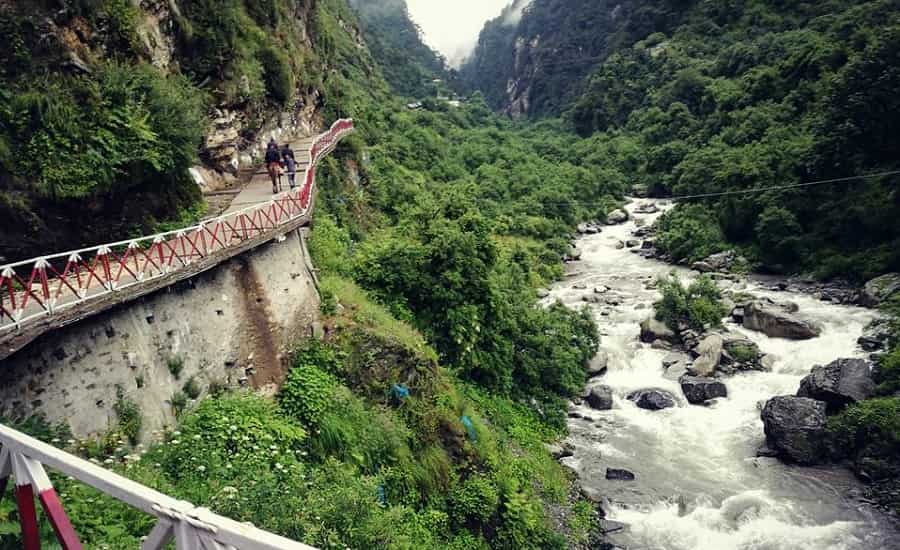
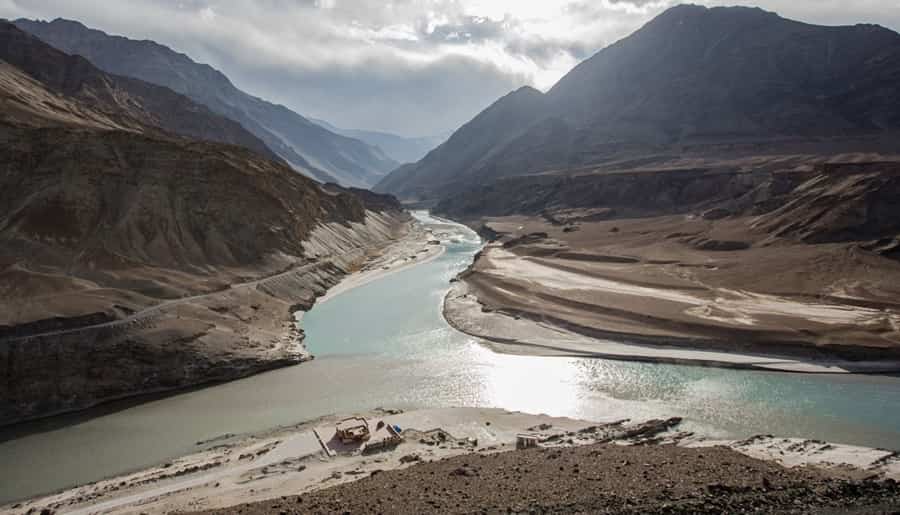
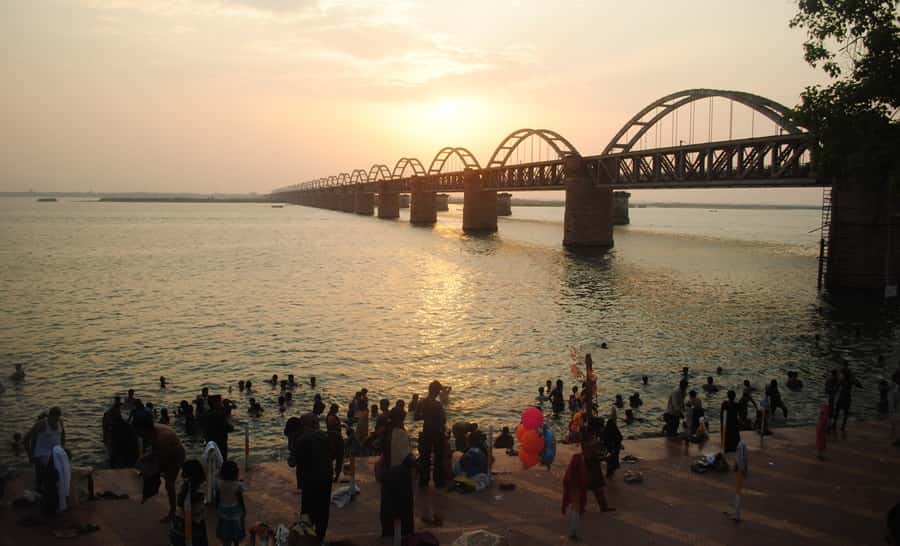


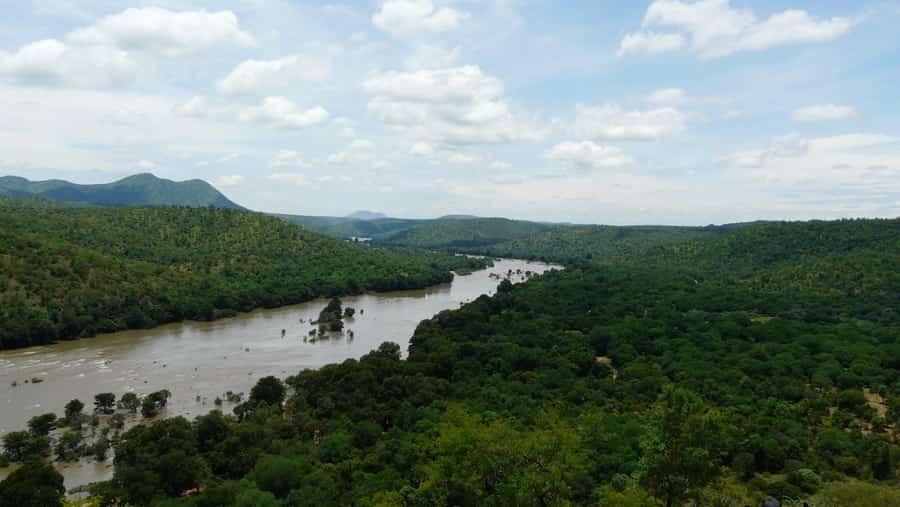


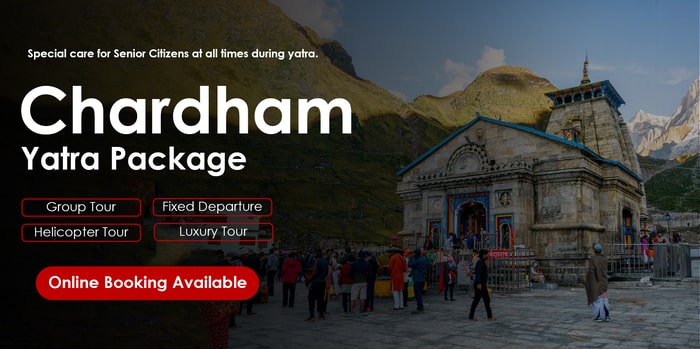

 Call
Call Enquiry
Enquiry